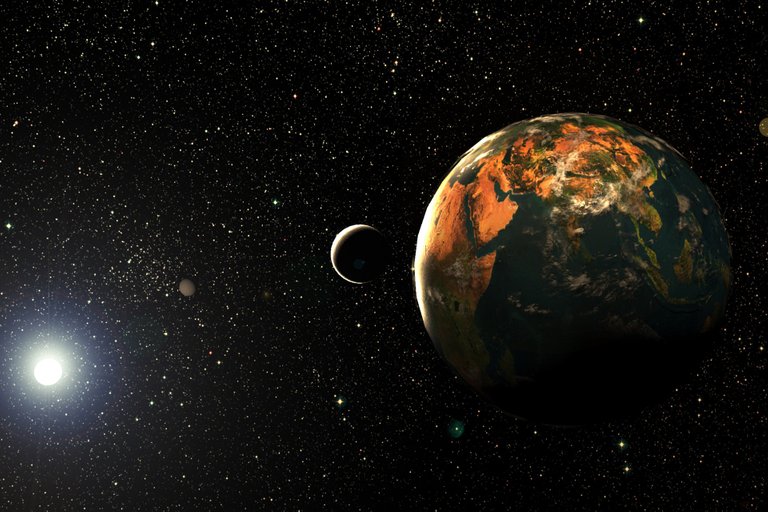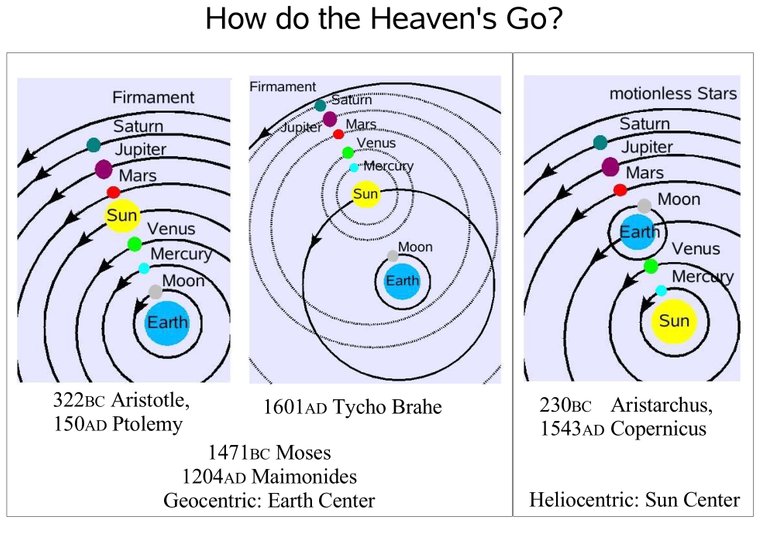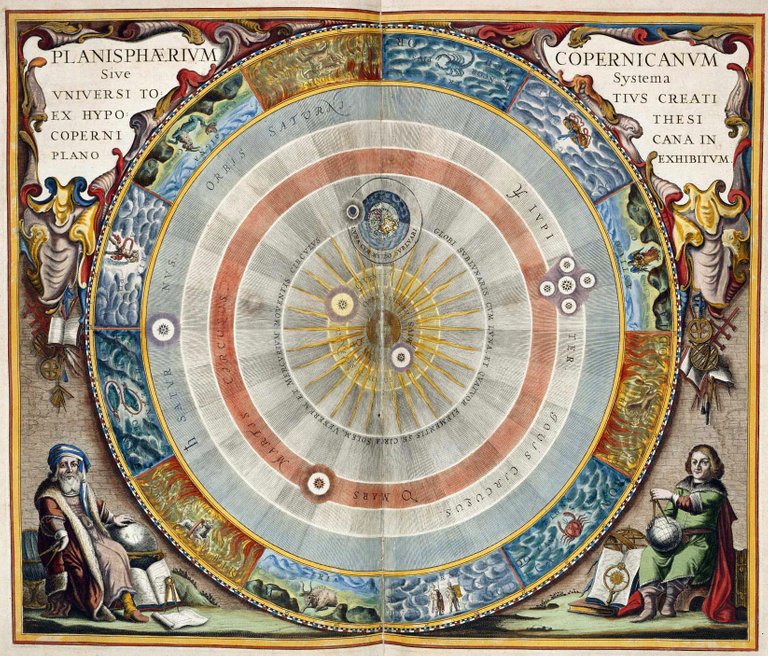Why then do we hesitate to grant [the Earth] the motion which accords naturally with its form, rather than attribute a movement to the entire universe whose limit we do not and cannot know? And why should we not admit, with regard to the daily rotation, that the appearance belongs to the heavens, but the reality is in the Earth?~Copernicus, On the Revolutions of the Heavenly Bodies (1543)

Nicholas Copernicus was considered a revolutionary when he determined the sun was at the center of the cosmos and that the earth moved around the sun.

His opinion alarmed his peers who could not explain “if the earth were spinning, why was it that an arrow shot into the air didn't fly right off the face of the earth? This was well before gravity theory had been discovered by Issac Newton.
Copernicus offended the medieval concept that the universe was solely the affair between God and man. The ultimate authority of the time was the Pope and he was God’s emissary here on earth.
The idea that his contemporaries were alarmed by the “heliocentric theory” bothered Copernicus, so he published his theories in his magnum opus, De Revolutionibus orbium Coelestirm or On the Revolutions of the Heavenly Bodies at Nuremberg in 1543, the very year of his death.

Very informative post, I love this period of time. Hope to read more about the scientific revolution and the early revelations that led us to where we are today. Going to resteem this for my followers.🐓🐓